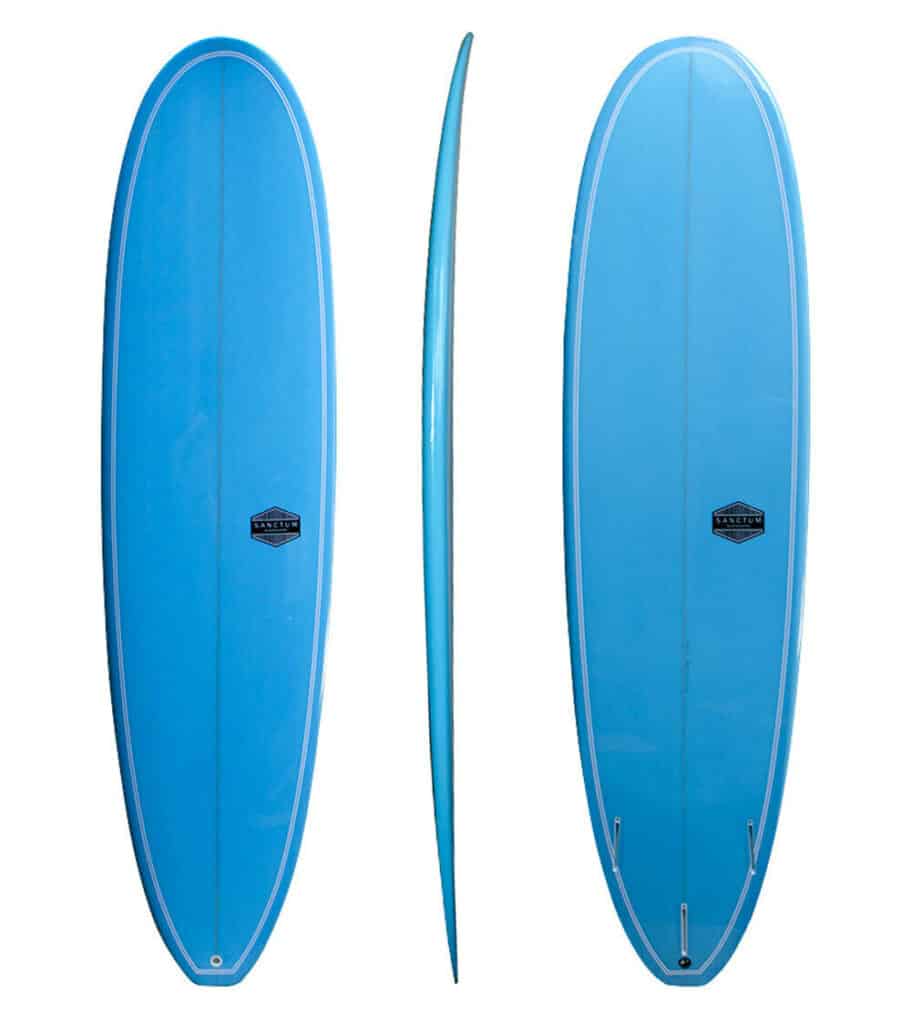Walk into any surf shop, and you will quickly learn that there is a seemingly endless variety of boards available today. It can be overwhelming for sure, but it’s a good thing. Variety means the perfect board for any situation and any surfer, no matter their experience or skill level.
You may be standing in the shop, staring at the walls of boards and thinking that they are all pretty much the same, but that’s where you might be wrong. However subtle the changes in boards may be, they can mean all the difference in the world when it comes to how they handle out in the surf.
While many surfboard types are almost interchangeable we’ve put together this guide for the most commonly thrown around surfboard types.
1. Longboards
Longboards are considered by many to be the most versatile of all surfboards, being a great choice for beginners and advanced surfers alike, and everyone in between. Longboards are big and bulky, there’s no disputing that, but because of this, they offer more stability than most other board styles.
Longboards may not be the easiest board to maneuver, but they do paddle with lots of speed, making it easy to catch more waves. Their volume also means a smoother ride, even in less-than-optimal surf conditions.
While some experienced surfers love to ride longboards on big waves, they are best suited for smaller surf in the 1 to 3 foot range approx knee high to shoulder high.
These boards are where it all started and are still popular because they are an easy type of surfboard to learn on.
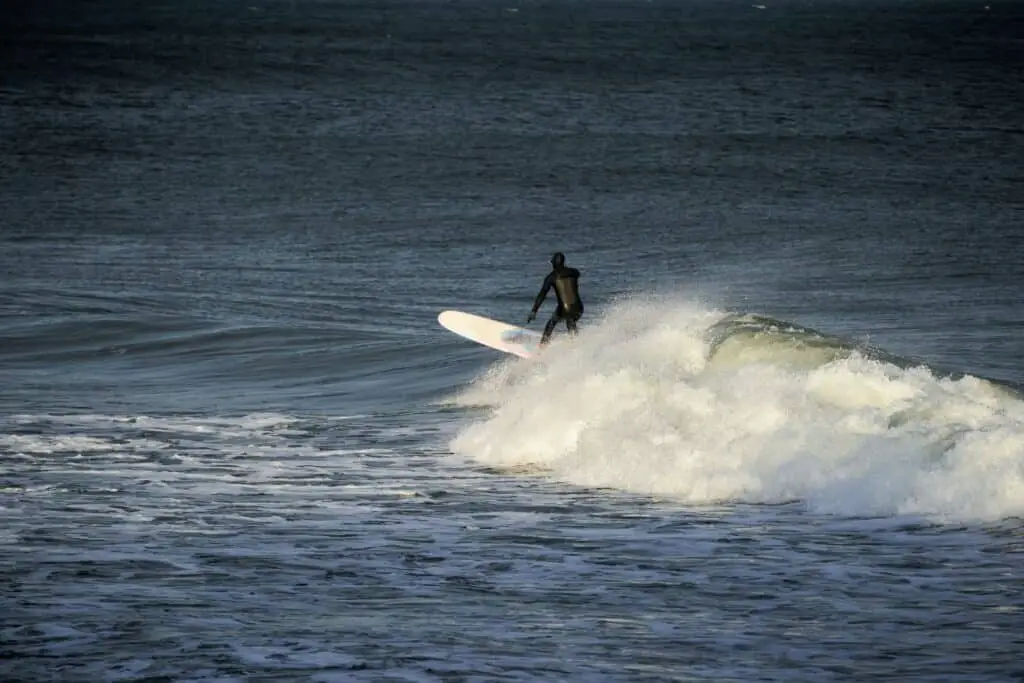
2. Shortboards
If you’re just getting started in surfing, shortboards are something you probably want to avoid, for the time being anyway. That could change as you gain more experience and grow your confidence if you’re looking to surf a more high performance surfboard.
Shortboards are very low in volume, and while not ideal for inexperienced riders, they excel when it comes to performance. They are harder to paddle than higher volume boards and can be tough to control when doing so, but being able to duck-dive, carve and turn is going to be much easier with a board like this because of its lower volume and small size.
While their smaller stature may look cool and seem to be a great choice for anyone, looks can be deceiving, and shortboards should be reserved for those surfers with many hours of surfing under their belt.
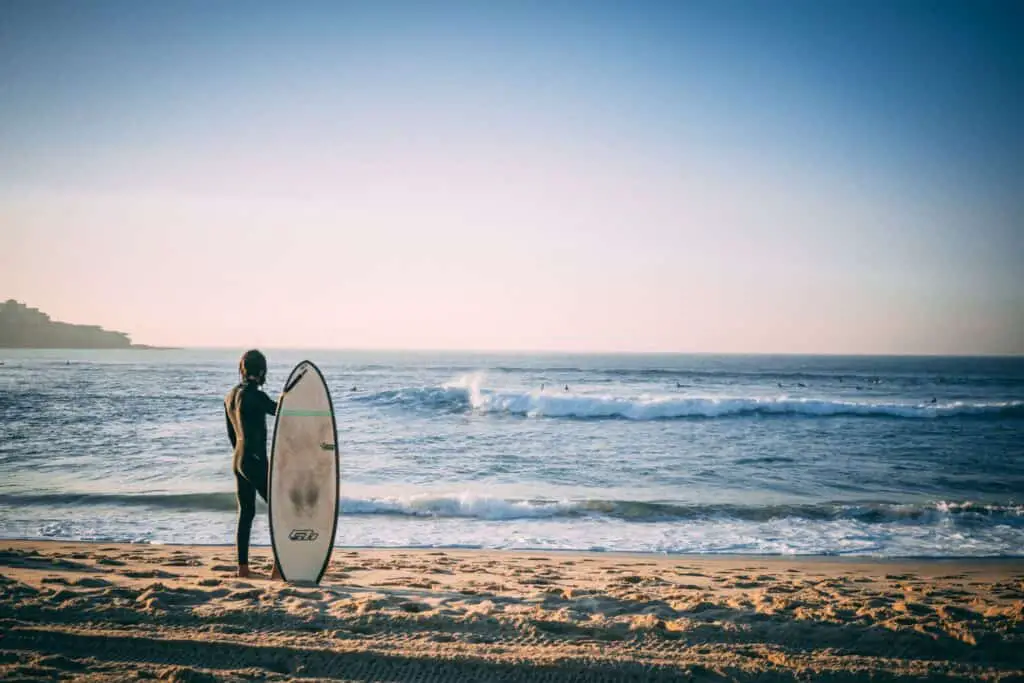
3. Fish Surfboards
Fish surfboards are named so because of their tail design that resembles the tail of a fish. You may notice that other types of surfboards have a similar look, and it is the fish board that these types are modelled after.
These boards are short, wide, thick and traditionally with a really flat rocker making them perfect for small to medium waves as they easily catch waves but are easy to manoeuvre and offer a loose style of surfing. As the surf gets larger and the waves become overhead, fish boards lose their effectiveness (for all but the best surfers).
As the surfing world began to transition from single fin boards to multi-fin boards in the 1970s, with it’s unique twin fin design the fish surfboard started to take off and is now a popular choice for surfers who are a little more laid back and stylish approach on smaller waves. Fish designs now incorporate a range of fin designs from twin fin, tri fin and quad fin setups.
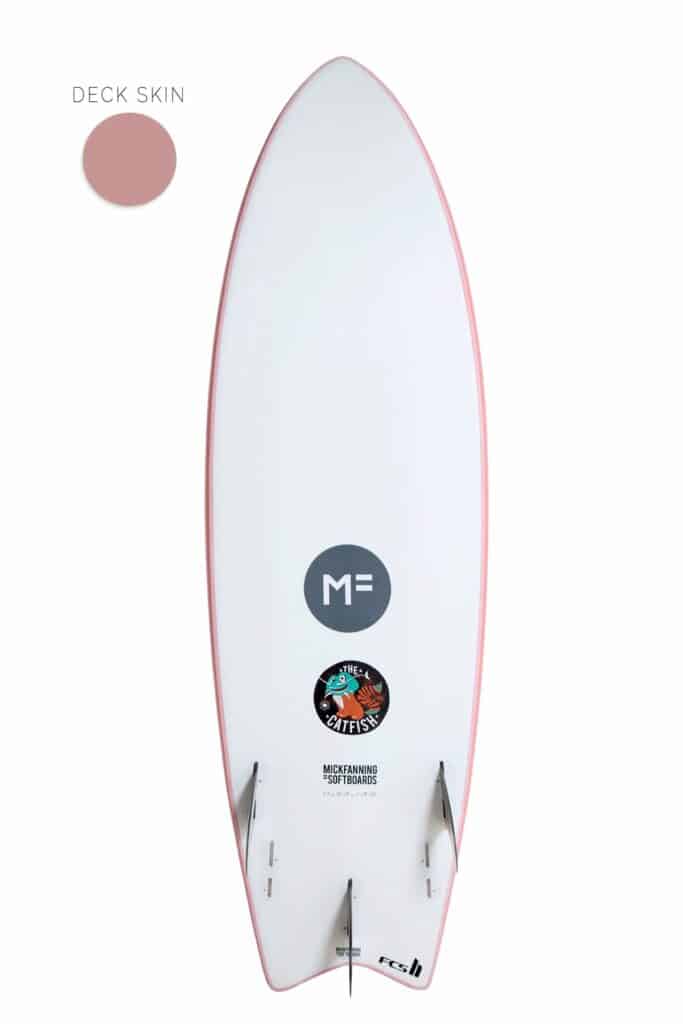
4. Funboards
Funboards are closely related to hybrid boards and mid lengths and are generally a combination of a longboard and a shortboard. Anywhere from six to eight feet long, these are considered by many to be a great beginner’s board but are also enjoyed by many intermediate and experienced surfers who want a board that easily catches waves and is well, fun.
Funboards are designed with the more relaxed surfer in mind offering the right amount of volume to be very forgiving when riding smaller waves yet still performing in decent waves.
The design does come with its downsides, however. They offer less performance factor than short or hybrid surfboards and are mostly harder to duck dive.

5. Hybrid Surfboards
Sometimes known as transition boards, hybrid surfboards combine the best attributes of shortboards and funboards. The combination makes this type one of the most versatile surfboards.
Hybrid surfboards are perfect for traveling surfers who want a board which can surf well in a variety of conditions, or some who is after a “one surfboard quiver”.
Generally, hybrids incorporate a mix between a shortboard design and a fish design – so the general shape of a shortboard but with more width, thickness and volume – therefore easier to surf and to catch waves.

6. Foam Boards
Foam boards (aka. softboards, soft top surfboards or foamies) come in all different styles these days and are no longer strictly for beginners. In fact many brands now incorporate high performance softboards in their lineup.
Foam boards are very lightweight and forgiving, which is why they are an ideal board for the beginner surfer on smaller waves, but they start to suffer in performance when it comes to catching larger more powerful surf.
Because of their foam construction, these boards are generally less durable than pretty much any other board on the market and will not stand up to constant punishment. On the positive side they are cheaper and so damaging them does come with a little less concern.
Please check out the rest of our site if you are interested in foamies as we cover anything and everything about them.
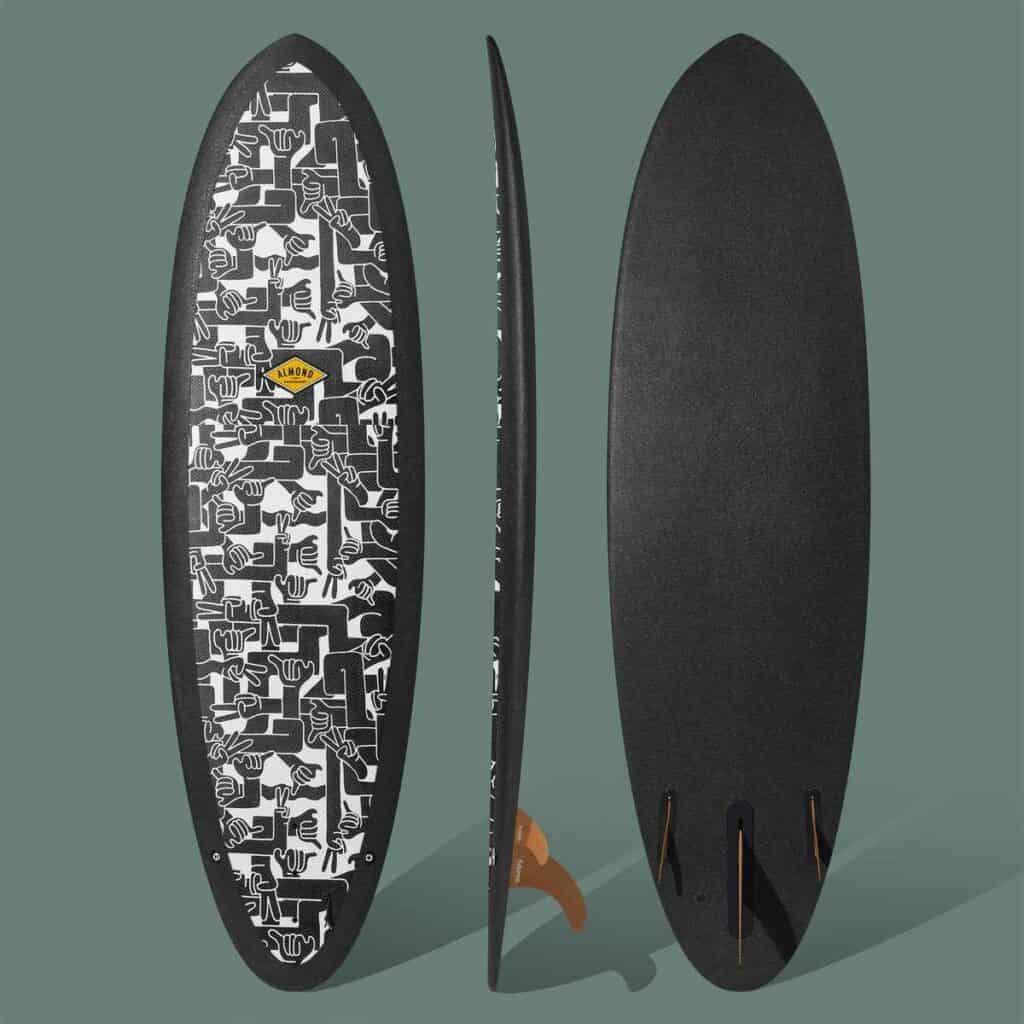
7. Groveller Surfboards
Groveller surfboards are a combination of a shortboard and a fish board that packs large volumes into a short surfboard.
No longer than six feet, groveller boards are perfect for shortboard surfers looking to maximise the performance they can get out of less than ideal wave conditions.
Its short stocky stature can make it difficult to control and they are best suited for the intermediate or advanced surfer.
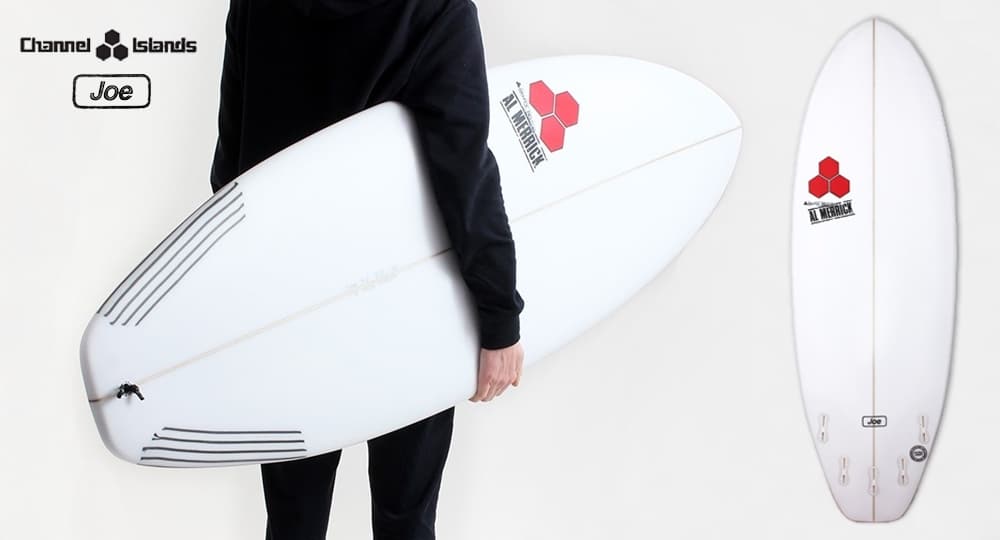
8. Egg Surfboards
One look at these boards, and it’s easy to see where they get their name from; their distinct egg shape.
Egg surfboards fall into the category of funboards and mid-lengths, designed for the more relaxed and casual riders looking for a good mix between easy to paddle and performance. These boards offer an incredible amount of fun for waves in the chest high to just overhead range.
Egg surfboards are best suited for intermediate surfers.
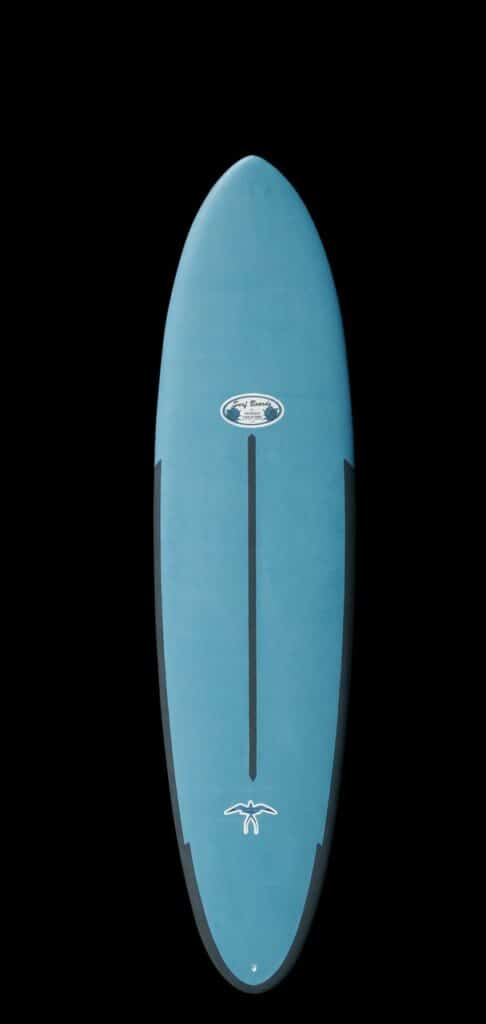
9. Beater Boards
Beater boards are a highly versatile foam board that resembles a bodyboard/surfboard hybrid.
The lightweight foam material and short but wide design mean that a beater board can take on just about anything you can throw at it, but don’t expect it to hold up quite as well as that more expensive fiberglass board.
Beater boards are extremely fun boards that work well on smaller more relaxed waves, but they can also be used by someone with a good amount of experience to catch waves where they may be concerned with damaging their expensive boards.
While they may not be the right choice for a primary surfboard, beater boards can be a good addition to your collection for those times when you don’t want to carry around your larger boards.
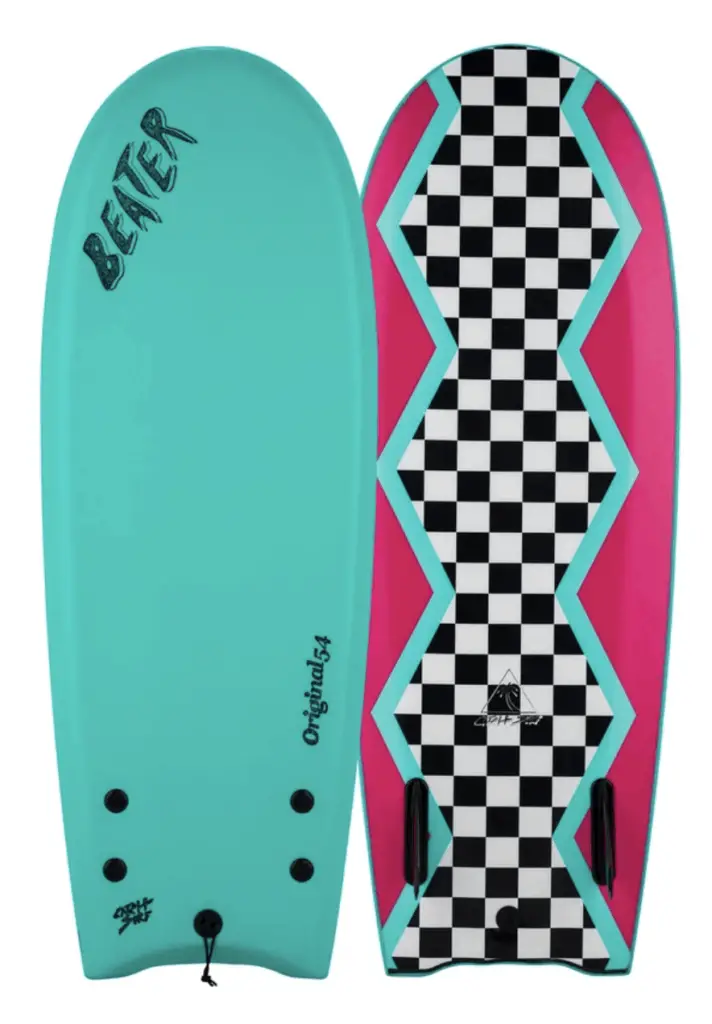
10. Mid-length Boards
Mid-length boards are closely related to funboards and eggs. Gaining more popularity of late, mid lengths are loosely defined as running between shortboards and longboards, between approximately 7 and 8 foot, give or take.
Many surfers are realising how good a mid length can surf and at the same provide increased paddle-ability and higher wave counts (easier to catch waves).
While these boards are great on just about any wave from small to large, the biggest downside to mid-length boards is that they are very difficult if not close to impossible to duck-dive. As such, the sweet spot for mid lengths is probably waves from chest high to slightly overhead.
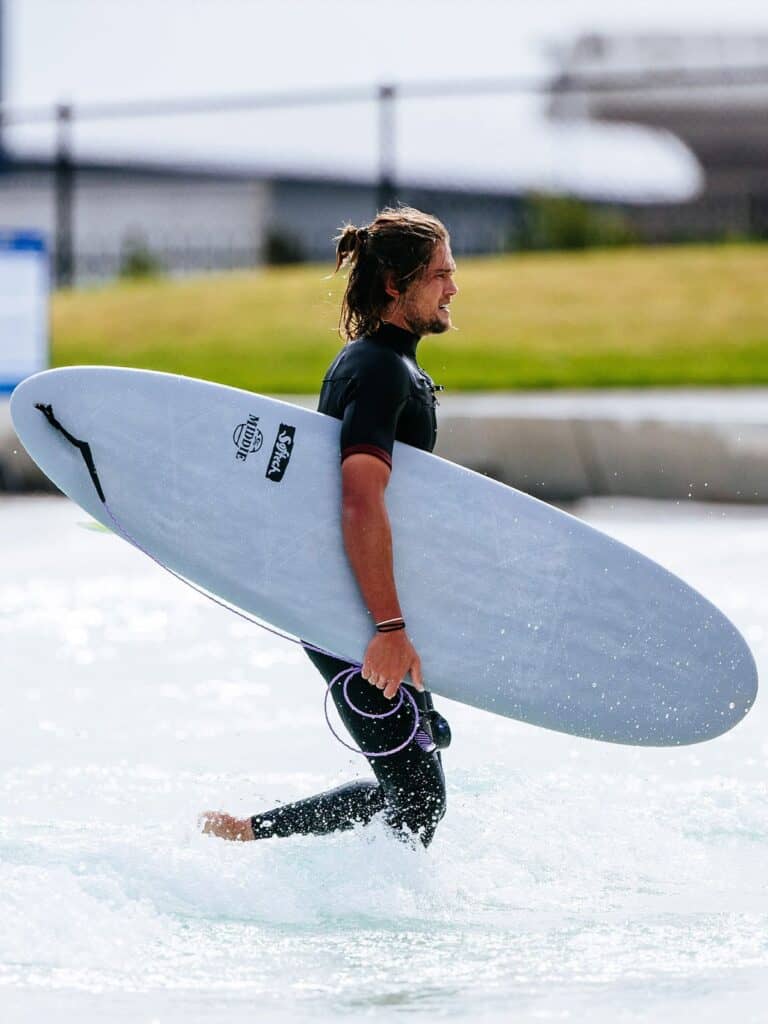
11. All-Rounder Boards
All-rounder boards are exactly as their name suggests and are considered by most to be the perfect all-around surfboards that cover just about every condition.
All-rounder board is closely related to hybrids and will take some time to get used to. Once you do, you can use it anywhere to catch any type of wave.
12. Grom/Kids Surfboards
It seems these days that more and more young people are getting into surfing, and that’s great. Grom surfboards are boards that are designed specifically with the new generation of surfers in mind.
While it is all entirely possible for some young people to learn how to surf on a regular board, they are often going to have a much tougher time doing so.
The best surfboards for kids who are literally just starting out are soft tops.
For more advanced children, they can either jump on longer boards or shortboard style surfboards.
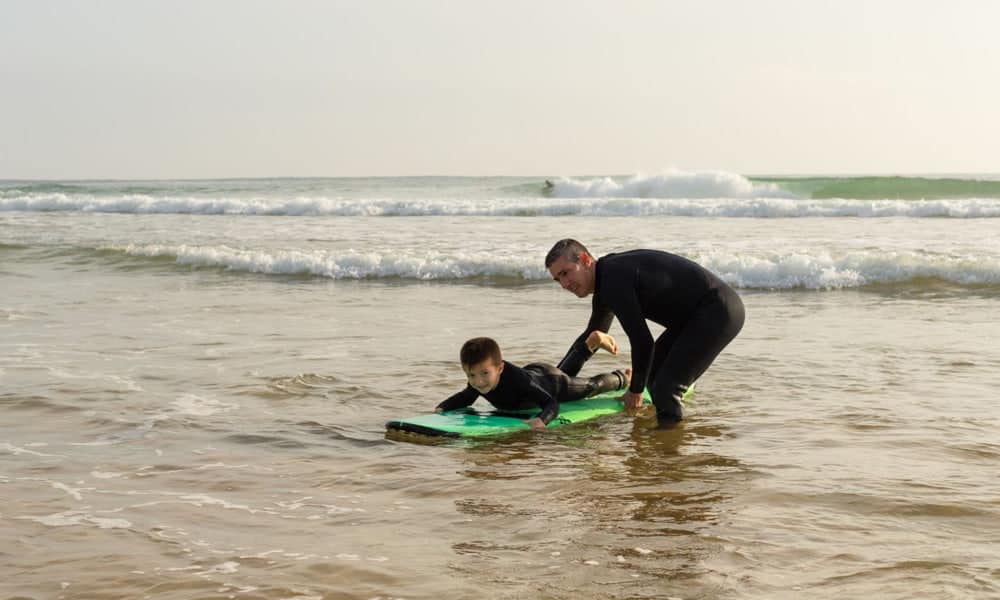
13. Gun Surfboards
Gun surfboards are elongated shortboards are designed to do one thing well: ride big, gnarly waves.
Gun Surfboards are long and narrow, allowing the surfer to not only paddle out to a wave quickly but to ride that wave as fast as humanly possible.
Gun Surfboards are designed with the largest waves in mind and therefore should be reserved for those surfers with very high skill and experience levels.
14. Tow-in Surfboards
Tow-in Surfboards are for professional surfers who want to ride nothing but the largest fastest waves they can find. The guys that you see riding huge waves on T.V. or YouTube are riding Tow-in boards.
Tow-ins ride only the largest waves, and if you expect to ride waves under 10 feet with one, you are going to be disappointed. We’re not saying it can’t be done. We’re saying it won’t be easy, and there are plenty of other boards that can do just that.
Find out – What is tow-in surfing?
While we’ve covered many different types of surfboards here, it’s important to remember that each one comes in different variations. Things like length, width, tail shape, construction material, and fins could mean a seemingly infinite number of combinations for a unique surfboard design. We strongly suggest having a good talk with the knowledgeable folks at your local surf shop. Their understanding of specific needs will go a long way in helping you narrow down your surfboard of choice.
15. Mini-mal Surfboards
The Mini Mal or Mini Malibu is basically a shortened down longboard which is slightly less bulky than a traditional longboard and therefore a bit easier to handle for smaller people or learners.
Generally mini mals are around the 8 foot in length, with otherwise very similar features to a longboard, typically with a tri-fin thruster setup.
They are very user friendly and forgiving and a great board to learn on for most people.
